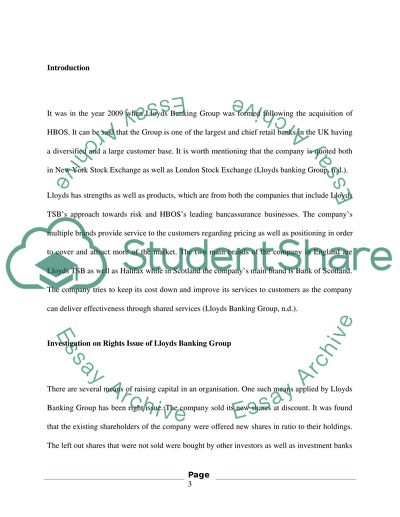Cite this document
(“Corporate financial management Essay Example | Topics and Well Written Essays - 2000 words”, n.d.)
Retrieved from https://studentshare.org/environmental-studies/1412597-corporate-financial-management
Retrieved from https://studentshare.org/environmental-studies/1412597-corporate-financial-management
(Corporate Financial Management Essay Example | Topics and Well Written Essays - 2000 Words)
https://studentshare.org/environmental-studies/1412597-corporate-financial-management.
https://studentshare.org/environmental-studies/1412597-corporate-financial-management.
“Corporate Financial Management Essay Example | Topics and Well Written Essays - 2000 Words”, n.d. https://studentshare.org/environmental-studies/1412597-corporate-financial-management.


